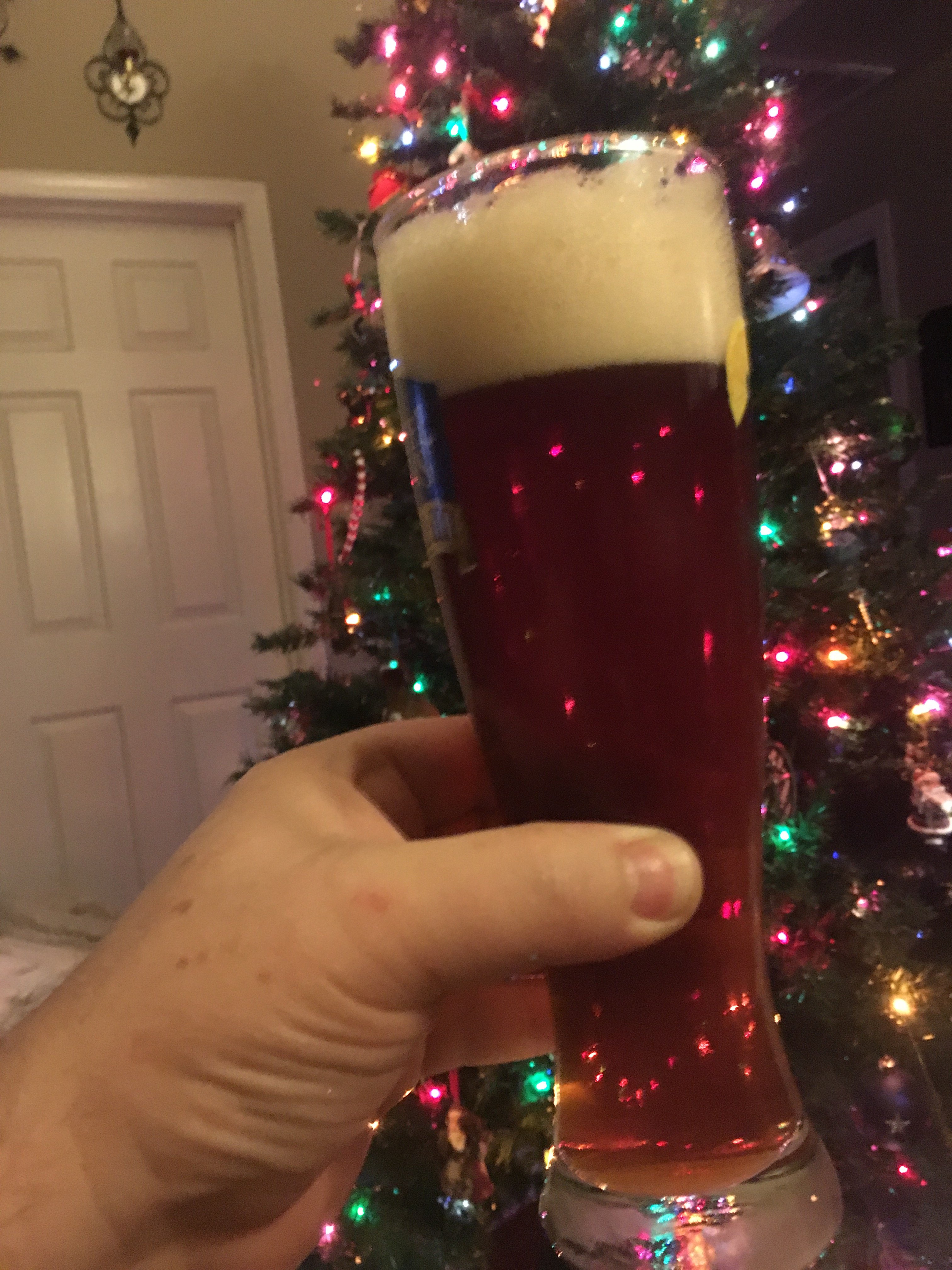thehaze
Well-Known Member
Hello,
The first 5 batches I will be brewing in 2018, will be English style beers, one of which will be a Brown Ale.
The recipe I have come up with is:
80% Crisp Maris Otter
8% Crisp Brown malt ( around 50L )
4% Crisp Crystal 60L
4% Crisp Crystal 90L
4% Crisp Crystal 150L
I like a slightly maltier, sweeter beer, hence my love for English crystal malts. I believe mixing different lovibond crystal malts will add complexity to the final beer, but correct if I am wrong.
OG: 1.056
FG: 1.015
SRM: 19 ( upper style limit is 22 )
ABV: 5.3%
Yeast: Danstar Windsor
Let me know what you think.
The first 5 batches I will be brewing in 2018, will be English style beers, one of which will be a Brown Ale.
The recipe I have come up with is:
80% Crisp Maris Otter
8% Crisp Brown malt ( around 50L )
4% Crisp Crystal 60L
4% Crisp Crystal 90L
4% Crisp Crystal 150L
I like a slightly maltier, sweeter beer, hence my love for English crystal malts. I believe mixing different lovibond crystal malts will add complexity to the final beer, but correct if I am wrong.
OG: 1.056
FG: 1.015
SRM: 19 ( upper style limit is 22 )
ABV: 5.3%
Yeast: Danstar Windsor
Let me know what you think.



